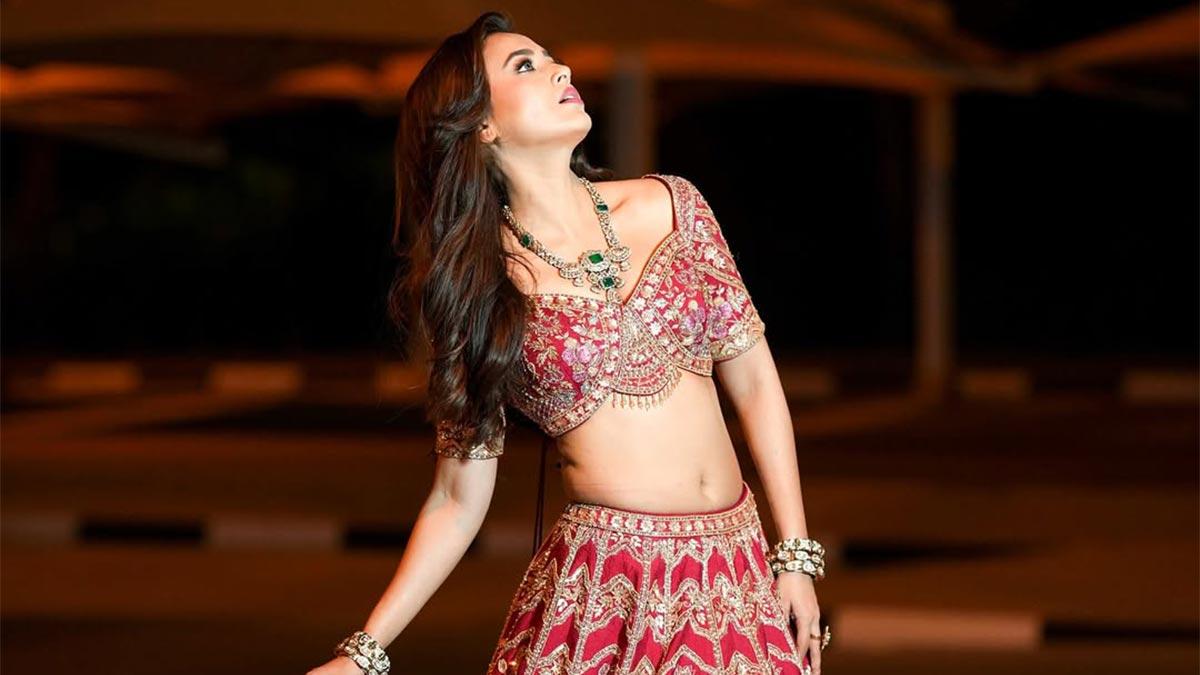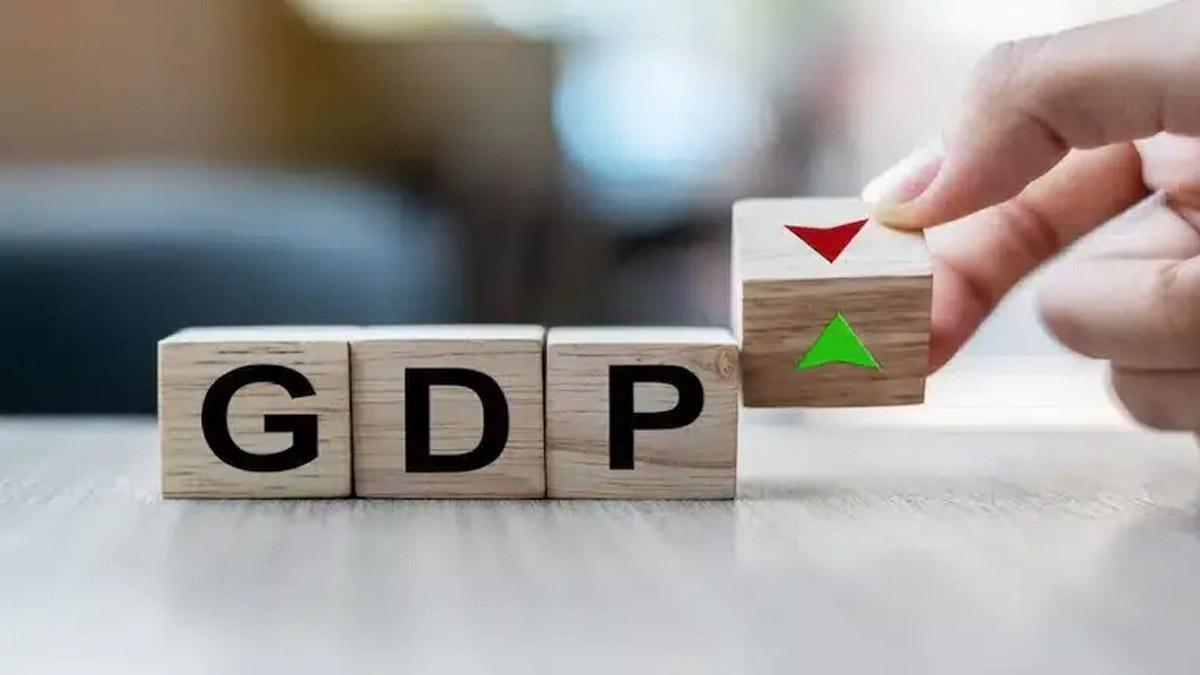Indian banks and non-bank finance companies (NBFCs) are poised to capitalize on India’s robust economic prospects by expanding lending in key sectors like infrastructure, energy transition, manufacturing, small businesses, and retail, according to a recent report by Moody’s.
The creditworthiness of India’s financial system has strengthened significantly over the last 3-4 years. Financial institutions are benefiting from record-high profitability, minimal loan defaults, and steady funding from domestic sources, supporting their stable credit ratings. Improved capitalization, driven by strong internal earnings and capital raised from buoyant debt and equity markets, has also been noted in the report.
Amit Pandey, Vice President and Senior Analyst at Moody’s, emphasized that technological leadership, effective risk management, robust governance, superior customer experiences, and strong balance-sheet reserves will determine the success of financial institutions in the coming 2-3 years.
Moody’s forecasts a loan growth rate of 12-14% over the next 12-15 months, aligning with deposit growth. While system-wide net interest margins are expected to soften selectively due to banks adjusting deposit rates upwards in response to higher interest rates, overall return on assets is anticipated to remain healthy. Banks’ capitalization levels are projected to remain stable, with low provisions for loan losses despite a modest increase from current levels.
The Reserve Bank of India (RBI) initiatives aimed at proactively managing credit expansion in high-risk segments such as unsecured loans, coupled with enhanced scrutiny on customer protection, risk management, cyber security, and IT infrastructure, are expected to bolster financial stability.
Meanwhile, ICRA, a Moody’s affiliate in India, highlighted that the growth in systemic liquidity and deposits will continue to drive credit expansion for banks amidst strong credit demand. Despite a moderated growth pace, credit is projected to rise from Rs 19 trillion to Rs 20.5 trillion by the end of fiscal year 2025 (FY25), marking the sector's second-highest increase.
Karthik Srinivasan, Senior Vice President and Group Head at ICRA, noted that while corporate asset quality remains stable, certain segments in retail unsecured loans are experiencing heightened stress. Although reduced credit flows could exert further pressure on asset quality in these segments, overall fresh slippages and credit costs are expected to remain manageable for banks.
ICRA also expects growth in the NBFC sector to slow down, particularly in non-mortgage retail loans, following the rapid expansion witnessed over the past two fiscal years.
Read also | Modi 3.0 Cabinet composition indicates policy continuity: Nomura
Read also | India to Lead Global Growth with 6.7% GDP Increase Over Next Three Years: World Bank


















